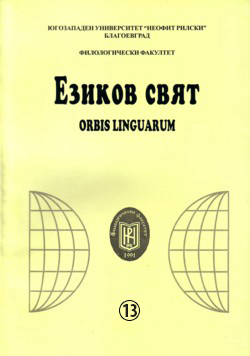
We kindly inform you that, as long as the subject affiliation of our 300.000+ articles is in progress, you might get unsufficient or no results on your third level or second level search. In this case, please broaden your search criteria.

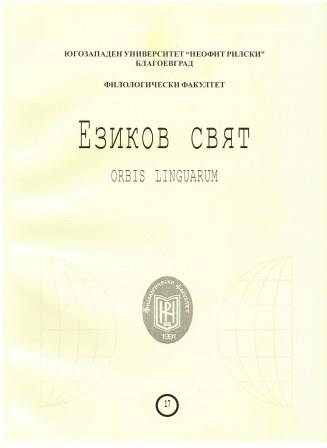
Dynamics of language, its ability to innovate, to create neologisms makes it possible to perform more complex cognitive-discursive functions, contributing to the reflection in the linguistic consciousness of the phenomena that are nominated. Neologic research acquires relevance focused on the occurrence of interactions between the well-established and accepted usage of the system of the Ukrainian language. This interaction reflects the process of harmonisation of the language system and the conceptosphere of modern society that is changing rapidly. Lexical changes in the language system are caused, as it is noted, primarily by extralinguistic factors. Denotation of new objects, events, concepts, realities, new words, new meanings of known words, new phrases are therefore the main characteristic feature in determining the nature of neologisms, new words. Categories of this type are considered by most researchers of neologisms. The formed neologisms as a result of these processes, do not represent new objects and concepts, and are used for names of words that already exist. According to my observations, among the neologisms introduced into the registers of lexicographic works, complex words dominate. The first is the formation of new words based on word-formative possibilities inherent in the language itself. These capabilities are being implemented, but with degrees intensity varying. In the formation of new words one notes a high activity of the prefix нео-, meaning renewal, of the prefix суб-, meaning fitting under something or near something, subordination, etc.
More...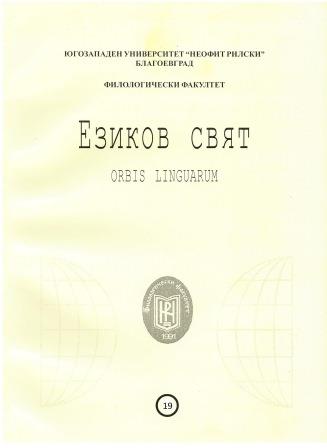
The present paper is contrastive analysis of Bulgarian, Polish and Lithuanian phraseological units containing a color term naming black or white. It traces the way these components reflect the figurative meaning of the unit - through their color semantics or through their function as a cultural signs. The study classiffiеs Bulgarian, Polish and Lithuanian expressions as to their belongings to several groups, which refer to different concepts. In each group the comparison of the examples found in the three phraseological subsystems is based on their semantics, their lexical components and structure. Under observations are substantive, adjectival, adverbial and verbal phraseological units where the colors are used only as an adjective component. The analysis takes into consideration that black has negative symbolism and cultural connotations. Thus the phraseological units with black are linked mainly to the concepts such as death, sorrow, bad life, misfortune. The text suggests that color term for black is rarely used to express neutral or positive meanings. The white has a positive cultural connotation associated to whiteness, light, good life, goodness, but its meaning can vary to neutral or negative in phraseological system of the three languages. The present paper observes similarities of collected phraseological expressions and emphasizes their nation-specific features.
More...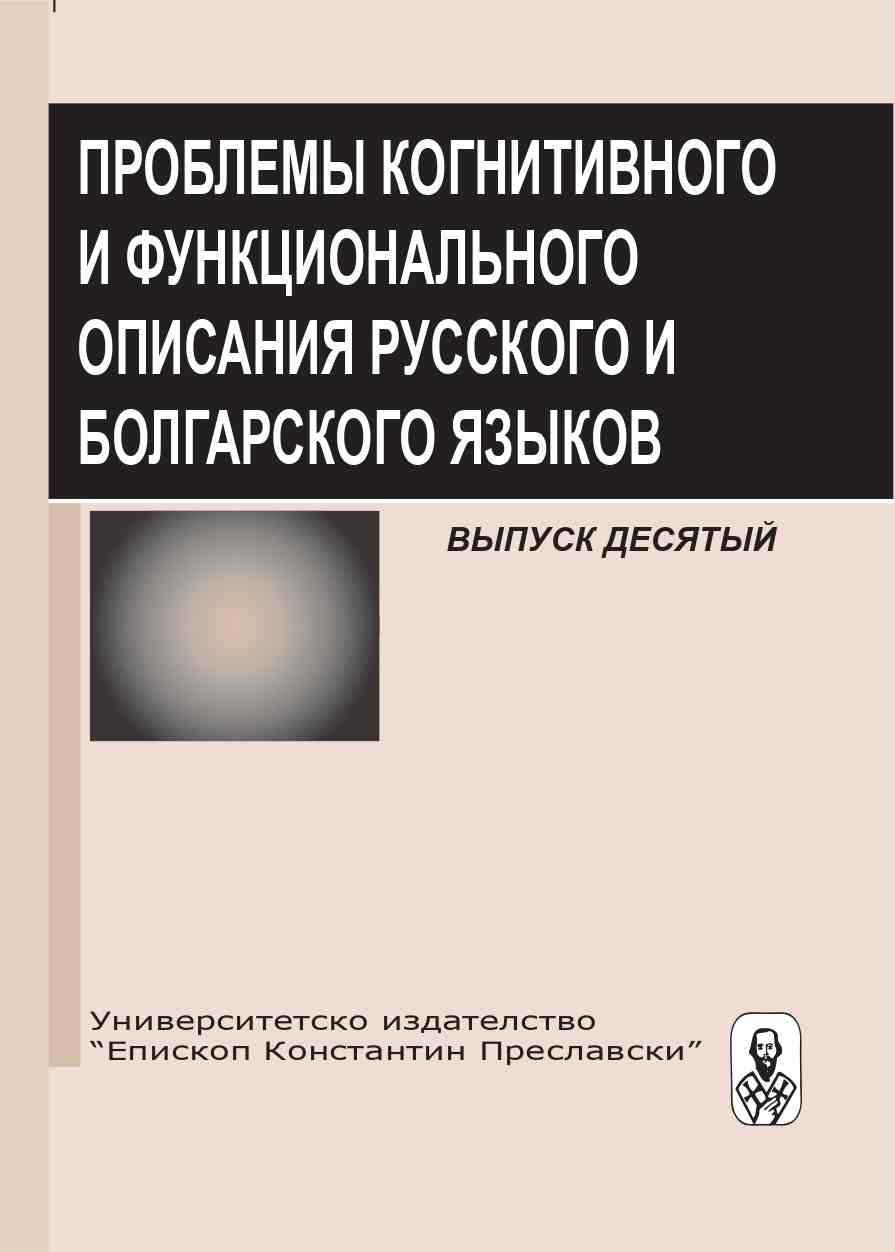
The article prezents the significance of realias in the excursion guide text and the problems of their translation into a Russian language based on the excursion guide text of Museum of National Revival in Varna. Various types of translation transformations and strategies, used in translation of realias are identified.
More...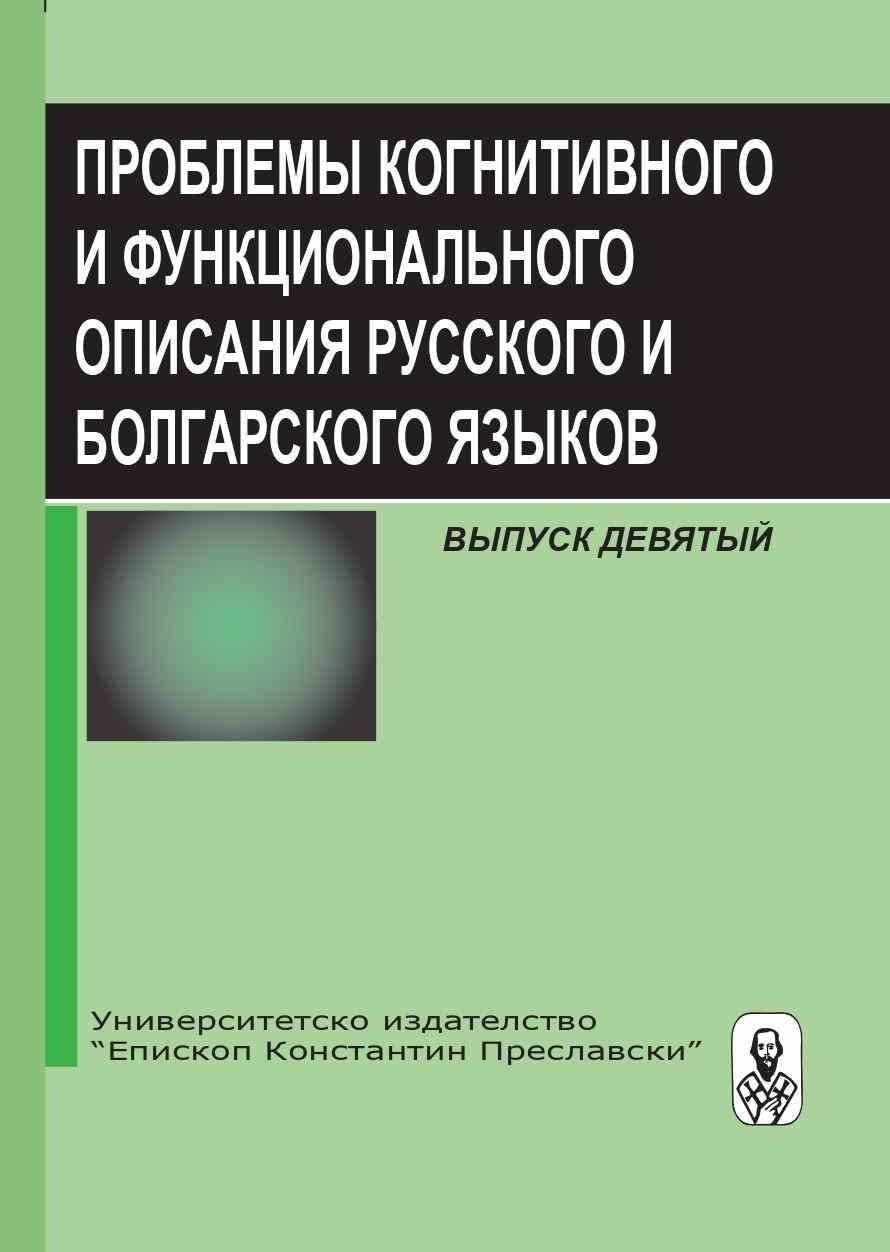
This article explores the various syntactic forms which address can be expressed in Russian language in their realizations in different sentences. The survey analizes addresses’ usage in instigator and question sentences and also researches his position in the expressions.
More...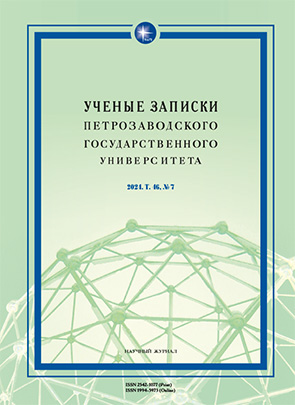
This paper examines the functioning of attributive word combinations in three military panegyrics by Feofan Prokopovich: “A Word of Praise for the Glorious Victory over the Armies of Sweden” (1709), “A Word of Praise for the Battle of Poltava” (1717), and “A Word of Praise for the Russian Navy” (1720). The significance of this study arises from the limited exploration of the linguistic characteristics in Prokopovich’s works of praise. The objective of this research is to analyze the arrangement of components in attributive word combinations within these texts and to describe the stylistic elements employed in their construction. A total of 1155 attributive constructions were collected through continuous sampling. The analysis utilized structural-functional, descriptive-comparative, and semanticstylistic methods. The findings indicate a slight predominance of prepositive contact constructions, with the author employing the postposition of attributes as a stylistic device. Furthermore, it was observed that attributive word combinations in panegyric texts serve as a vital tool for creating a formal rhetorical style, employing techniques such as antithesis, amplification, repetition, and other strategies to enhance the eloquence of the discourse. Overall, attributive word combinations emerge as expressive and stylistic devices that vividly illustrate Peter the Great’s military achievements.
More...
This research article examines the sources of replenishment for the connective elements (clause linkers) in complex sentences, known as connectors, in modern Russian. Unlike studies focused on the etymological analysis of individual connectors, this study aims to identify the overarching trends in the derivation of connectors in the language from the XX and XXI centuries. The paper analyzes both morphosyntactically indecomposable units at the synchronic level and compound connectors. The research utilizes data from the RUSCON database, which contains examples and provides syntactic and semantic information on 670 Russian connectors. This database was compiled using various sources, including The Concise Academic Dictionary of the Russian Dictionary, The Unabridged Explanatory Dictionary of the Russian Language, D. N. Ushakov’s dictionary, dictionaries of function words edited by T. F. Efremova and V. V. Morkovkin, and the 1980 edition of the Russian Grammar. Additionally, connectors from the Constructicon database of the Russian National Corpus were incorporated into the study. The process of extracting connectors from these sources was conducted manually. For each connector, relevant information such as part of speech, meaning according to the sources, type (for particles), semantic field (according to the RUSCON classification), and sub-value was documented. This paper specifically analyzes new connectors — those not classified as conjunctions in the sources but labeled as ‘modal markers’, ‘adverbs functioning as conjunctions’, ‘conjunction phrase’, ‘analogues of conjunctions’, and similar categories. These units are classified based on their part-of-speech status and semantics. The study highlights the primary sources contributing to the inventory of connectors — abstract nouns and prepositions derived from them, adverbs (especially in the comparative degree), complexes of subordinators and conjunctions, subordinators with particles, and combinations of subordinators with the demonstrative pronoun ‘that’. The study of these new connectors sheds light on the new trends in the Russian language evolution during the XX and XXI centuries, underscoring the significance of this study.
More...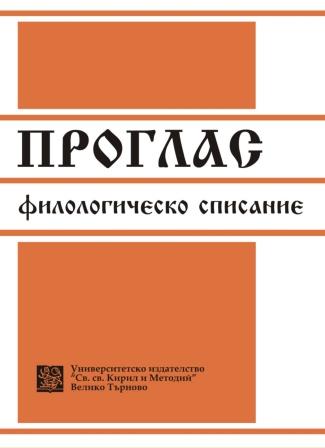
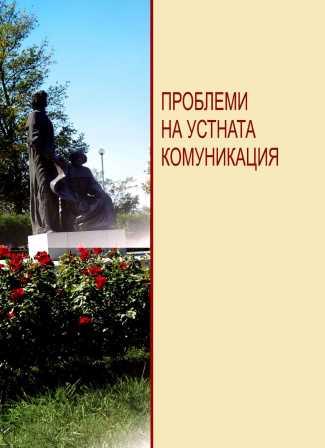
Main features of Bulgarian colloquial speech are presented in 3 groups – stable trends, doublet variants and transitional lexemes and expressions. The first group includes: verb saturation, the interference from English and neglecting of the use of the polite form and the second one – the ending -me instead of -m for one category of verbs, the polite form with agreed by gender past active participle and some uses of prepositions. In the third group are presented intensifiers and response-clichés for expressing approval, disapproval and astonishment/surprise. A survey carried out by the author illustrates how, out of the existing multitude of cliché response options, only 25% to 33% are in active use in colloquial speech. It’s demonstrated also the opposite connotation of some phrases with meaning depending on the intonation, the implicit background or some extra-linguistic factors – an indicator that oral interaction needs more comprehensive observations including a complex of factors.
More...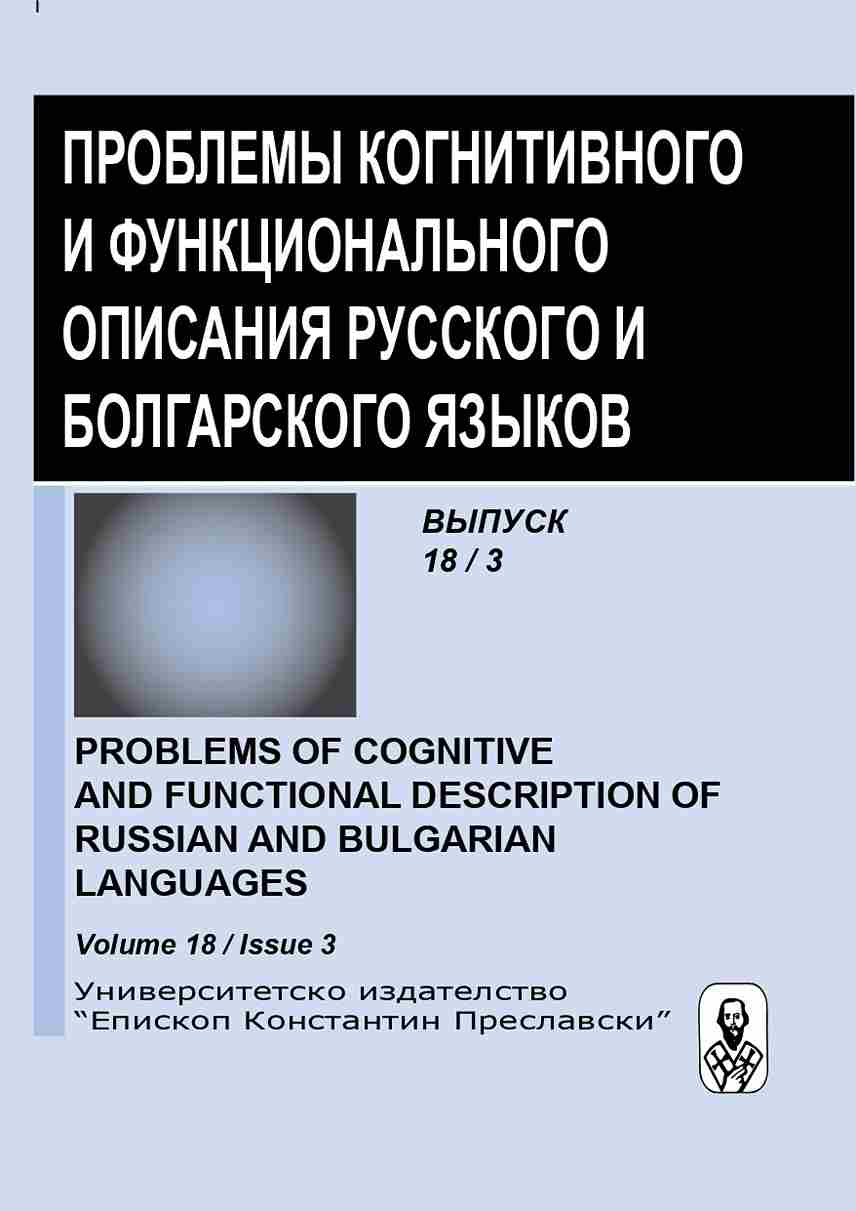
The article is devoted to the current problem of multidisciplinary education. The purpose of the study is to review and analyze practical experience in the application of interdisciplinarity in light of holisticism when conducting a binary lesson. The article describes the implementation of a lesson with parallel teaching of literature, native and foreign languages based on authentic literary texts by representatives of two cultures (Bulgarian and Russian), who worked in the same era. The experience of interaction between closely related Slavic cultures and literatures in intercultural communication, as well as awareness of the value of native culture and spiritual and moral education through complex and interdisciplinary work with text is summarized. The article focuses on the need for a holistic approach in teaching RFL.
More...
The purpose of this article is to study and analyze the current state and prospects of using artificial intelligence (AI) in the educational sphere. The focus is on the use of AI in learning foreign languages, including Russian as a foreign language (RFL). This article discusses the expansion of the possibilities of using artificial intelligence (AI) in the rapidly developing scientific and technological progress. It shows the main modern AI technologies and platforms, their application in teaching and their impact on the efficiency and quality of education. Special attention is paid to the capabilities of one of the most popular AI systems – ChatGPT system. The study analyzes the quality of educational texts generated by ChatGPT-4o and AI capabilities to take into account the requirements for text level and lexical minimum on the CEFR scale from A2 to B2.
More...
This study treats the formal types of interrogative utterances in media speech. Conclusions are based on data from the Corpus of Spoken Bulgarian BgSpeech as well as on media interview recordings from 2023. The data show that journalists use interrogative sentences with wh-word or with question particle in their speech, and none of these formal types prevails. It is much more frequent that both formal types are used within one and the same utterance. Interrogative utterances without a question word were also found, and they are marked as interrogative only by the intonation. Interrogative utterances are predominantly direct speech acts. Only unconventional indirect speech acts with particle li are characteristic for the communicative situation in media interview.
More...
Dialogue as a form of communication is part of virtual communication on the Internet. Comments are a type of dialogue that is characterized by distance between communicators, indirectness and one-way communication. Linguistically, commentary is a written form of spoken speech, in which almost all communicative practices inherent in oral speech are observed. In this study, comments on the Facebook pages of four entertainment television shows are analyzed. The speech strategies and linguistic devices used in the comments as a dialogic form are analyzed.
More...
The article presents a linguistic profile of the multiword expression “imam predvid (to have in mind)” together with its close variants “vzemam / vzema predvid (to take into account)” and “nyamam predvid” (not to have in mind). For the survey the Bulgarian part of the ParlaMint 4.0 corpus of parliamentary sessions has been used. The observations have been gathered through various corpus methods among which concordance, colocation estimation, frequency estimation of the expressions. The specifics have been shown in the usage of the most frequent wordforms of the expression “imam predvid (to have in mind)” as well the characteristics of the usage of the other two expressions. Illustrative comparisons have been made among the expressions with respect to the speech of two members of Parliament, within the parameter coalition – opposition as well as within the male and female speaking.
More...
The present study marks and analyses atypical uses of pauses in the speech of the actors in the War of the Letters TV series. The focus is on the positions in the syntactic organization of sentences where pauses appear in their realization as utterances. Taking into account the non-spontaneous nature of speech in the studied discourse, it is assumed that they are integral to the adopted communicative strategies. The question is raised to what extent these pauses are effective and whether they have already evolved into typical “violations” of the generally accepted rules of using intonation pauses.
More...
In the present study, I comment on the results of 3 surveys – 1 nationally representative and 2 non-representative. The main goal is to study the perception of forms for 1st person, plural, present and future tense, 1st and 2nd conjugations ending in -me instead of -m. Three perceptual styles are used: a list of 3-4 words, a simple sentence, a short text. The hypotheses are tested that muttering is more often not recognized as an error, that it leads to positive evaluations of the speaker’s personal and social characteristics, that the degree of recognizability of muttering depends on the perceptual style and socio-demographic characteristics of the speaker.
More...
The analysis focuses on a regional variant of an impersonal-predicative construction of the type strah me e (beshe) (I am/was afraid in English). The citizens from the region of Yambol use the variant stra(h)sheme. It is a contamination of the noun and the 3rd person singular form of the auxiliary verb sam (to be in English) most often in the imperfective aspect. The phenomenon occurs only in the literary model with a short form of a personal pronoun in the accusative case. The semantically corresponding personal verbs are always reflexive – strahuvam se (I’m afraid in English). The phenomenon was noticed by I. Kochev in the 1960s in Sliven and in three villages to the east and southeast of Yambol. It is defined as a hypostasis. I add examples from the speech of people born in two other villages to the south and southwest of the town of Yambol. They confirm the examples found so far and show diversity with respect to some grammatical categories. I draw some conclusions about the nature of the transformation, its territorial distribution and sustainability.
More...
The present article is devoted to the phraseological language play found in Vselena from Uzh – a collection of Dimitar Vodenicharov’s literary works (Vodenicharov is also the author of several other books, including Phraseological Novel). By using language play in the text, the author interprets the Biblical themes of creation and Adam and Eve, intertwining the logic of the modern world (with an emphasis on the stereotypes of women) with the logic of the holy book. As a result, there is a clash between the language of today’s popular culture and our preconceived notions about the high style characteristic of texts like the Bible. The analysis focuses on various types of lexical-level language play (i.e. lexical, phraseological and other playful transformations). The article concludes that, on the one hand, language play is a feature specifically used in the construction of the text under analysis (Vselena), on the other hand, it is related to the cognitive mechanisms used by the modern person for its interpretation and his/her abilities to encode and decode a multi-layered text through making associative links based on extensive background knowledge.
More...
The paper is devoted to the attributive combinations of two nouns in which the first component is a word of foreign origin that gives some extra information about the second component of the combination. The instances of usage are observed in informal Internet communication viewed as written form of spoken language. The emphasis is placed on the different spelling variants of these combinations that are observed in the examined examples, excerpted mainly from social media. The difference in spelling is presented as a result of an existing argument about the current linguistic essence of these combinations – whether they are a lexical unit (lexeme) or a syntactic structure.
More...
The article examines the issue of orthography in Bulgarian colloquial speech on the internet. We discuss the most common errors in the use of upper-case and lower-case letters, in the spelling of open, closed, or hyphenated complex or compound words, in article suffixation, in the use of the ordinal form of masculine nouns, etc. Cases are also analysed where internet users make spelling mistakes on purpose for a variety of reasons.
More...